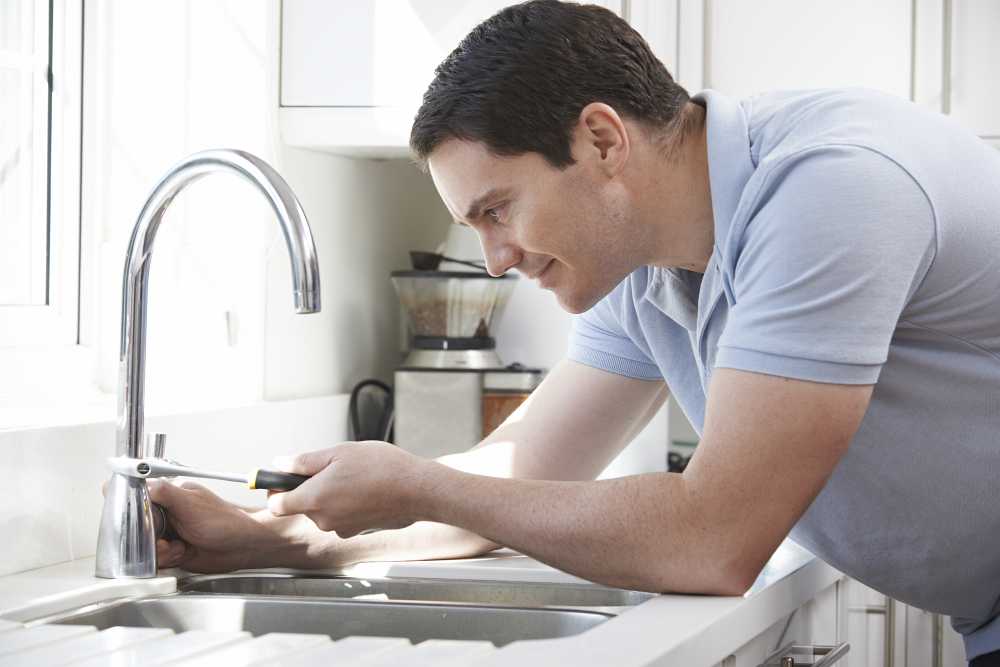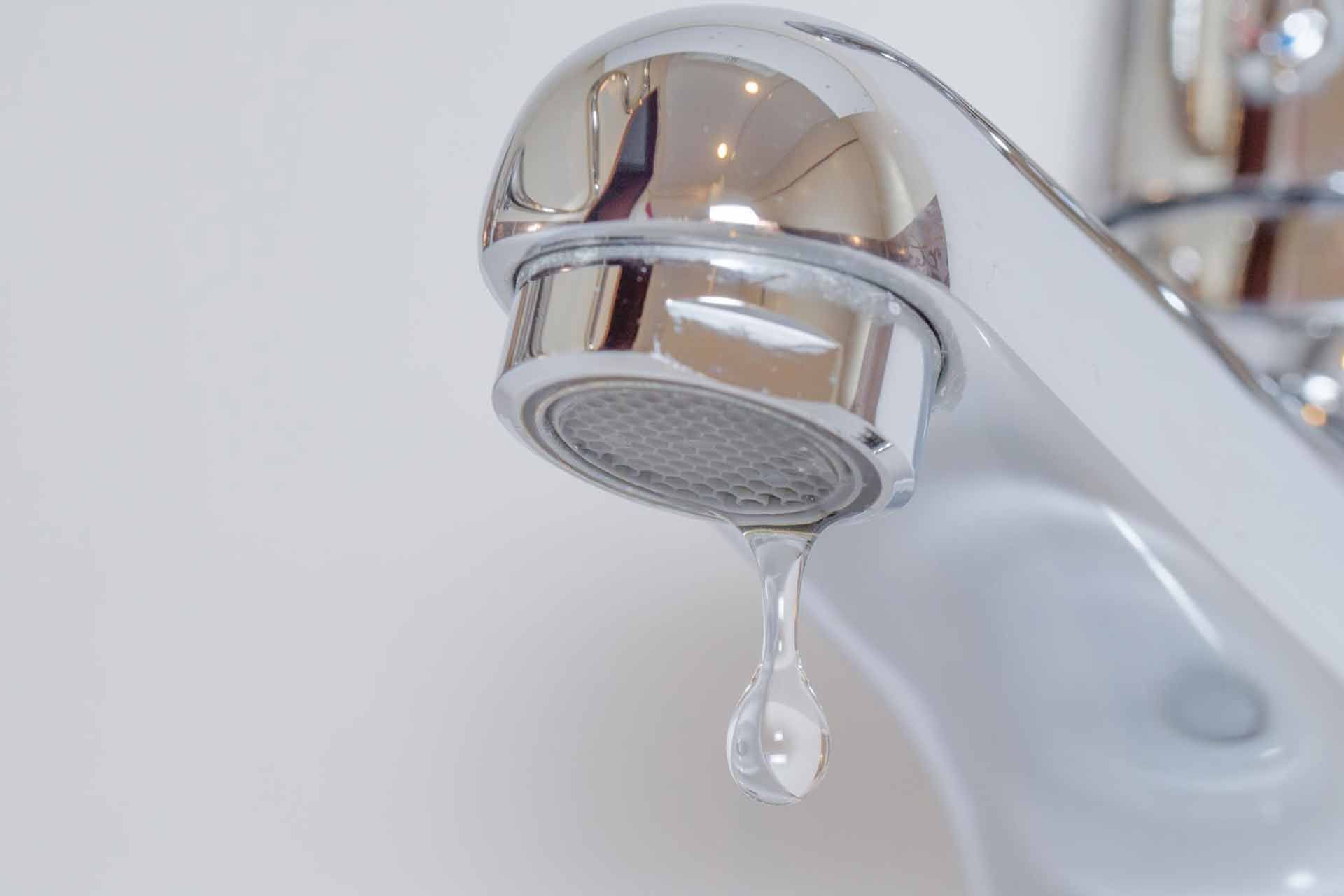Exploring the Consequences of Constant Leaking
Exploring the Consequences of Constant Leaking
Blog Article
The publisher is making a few great pointers related to Health Risks Posed by Leaking Faucets overall in this article in the next paragraphs.

Introduction
A leaky tap could seem like a small nuisance, yet its consequences expand much beyond the occasional drip. Understanding the impacts of a leaky faucet is vital for both property owners and the atmosphere. In this post, we'll check out the different influences of this common household concern and why addressing it promptly is essential.
Sources Of Leaky Faucets
Leaking taps can result from a variety of factors, including deterioration, high water stress, and corrosion. Gradually, the continuous use of taps can cause worn-out seals and gaskets, creating leaks to establish. Furthermore, extreme water pressure can put pressure on plumbing components, resulting in leakages. Rust and corrosion can additionally damage tap parts, making them prone to leakage.
Water Waste
Among the most considerable consequences of a leaky faucet is water wastage. Also a small drip can amount to gallons of wasted water gradually. This not just increases water expenses yet additionally adds to water shortage and environmental deterioration. Resolving dripping taps promptly is essential for saving this precious resource and minimizing its impact on the world.
Financial Influence
Along with wasting water, leaky taps can also have a significant monetary effect. Increased water costs are a straight consequence of water waste, costing property owners thousands of bucks every year. Furthermore, the cost of repairing water damages brought on by leaks can be substantial, particularly if left ignored for an extensive period.
Environmental Influence
The environmental impact of leaking faucets expands beyond water waste. By saving water, homeowners can add to wider efforts to mitigate water shortage and safeguard natural communities. Lasting alternatives such as rain harvesting and water-efficient components can better minimize the ecological impact of home water use.
Technical Solutions
Improvements in technology have led to the development of clever taps and water-saving tools that aid decrease water waste. Smart taps use sensing units to detect motion and adjust water flow appropriately, reducing waste without compromising comfort. Water-saving gadgets such as aerators and low-flow showerheads are additionally efficient in conserving water without compromising performance.
International Perspectives
While leaky faucets may feel like a local problem, they add to more comprehensive international challenges such as water deficiency and environment change. In areas already dealing with water stress, every decrease counts, making leakage avoidance and fixing crucial. By taking on water-saving techniques and purchasing sustainable technologies, homeowners can play their component in resolving these pressing global problems.
Regulative Steps
Government policies play a vital duty in mitigating the impact of leaking taps and promoting water conservation. From developing codes that require water-efficient components to water-saving incentives and rebates, policymakers have a series of tools at their disposal. By applying and imposing these regulations, governments can make sure that homeowners prioritize water preservation in their day-to-days live.
Neighborhood Impact
Attending to leaky faucets calls for collective initiatives at the area level. By elevating recognition about the value of water preservation and giving sources for leak detection and fixing, neighborhood authorities can equip home owners to act. Initiatives such as water-saving discount programs and leak detection projects can incentivize habits modification and advertise liable water usage.
Situation Studies
Real-life examples of the impact of leaky faucets emphasize the value of proactive maintenance and prompt repairs. From water damages to escalating water costs, the repercussions of overlooking leaks can be serious. By sharing these study, homeowners can better understand the importance of resolving dripping taps without delay.
Educational Campaigns
Educational projects play an important role in elevating recognition about the effects of leaking faucets and advertising water preservation practices. Through workshops, workshops, and on-line sources, home owners can learn just how to discover and fix leaks themselves. By empowering individuals with expertise and devices, educational projects can cultivate a culture of liable water use within communities.
Wellness Issues
Leaking faucets can develop conducive environments for mold and mildew growth, presenting health and wellness dangers to owners. The visibility of mold can exacerbate respiratory system problems and allergies, specifically in at risk people. Furthermore, water damages resulting from leaks can jeopardize the structural stability of structures and lead to expensive repair work.
DIY vs. Professional Repair service
When confronted with a dripping tap, homeowners commonly debate whether to attempt repairs themselves or employ an expert plumber. While DIY repair work can save cash, they may not always attend to the hidden problem properly. Specialist plumbing technicians have the proficiency and equipment to diagnose and deal with leaks correctly, ensuring long-lasting options and comfort for property owners.
Safety nets
Avoiding dripping taps requires regular maintenance and proactive measures. Straightforward tasks such as replacing damaged washers and seals can avoid leaks from developing. Additionally, upgrading to high-grade components and reducing water stress can assist extend the lifespan of faucets and reduce the threat of leakages.
Final thought
To conclude, the effects of a leaking faucet prolong far past the occasional drip. From water waste and boosted water costs to wellness problems and ecological effect, the repercussions of disregarding leaks can be considerable. By attending to leaky taps promptly and adopting water-saving practices, property owners can mitigate these results and contribute to an extra sustainable future.
Why You Shouldn’t Ignore a Leaky Faucet in Your Home
What Causes a Leaky Faucet?
Various factors can cause a leak, from loose and worn-out parts to corrosion. Your faucet has four essential components from which most plumbing issues will stem: the O-ring, the valve seat, the washer and the gasket.
What Is an O-Ring?
The O-ring is a stem screw that fastens parts of the faucet in place, preventing water from leaking out of the spout. Depending on your faucet type, the stem might have multiple O-rings. Water will drip from the faucet’s handles and base if this part breaks or deteriorates.
What Is a Valve Seat?
The valve seat controls the flow and temperature of the water. Found at the base of the handle, it works as a seal for the faucet’s stem. The valve seat ensures the water is allowed to flow or is blocked as the handles dictate. You’ll know it’s malfunctioning when water leaks from your faucet’s sides.
What Is a Gasket?
The gasket is found between the water inlet and the valve stem. It creates a seal between the faucet and the sink, holding its joints by aerators attached to the stem’s head. Water will trickle out from the base if the gasket isn’t working.
What Is a Washer?
The washer secures the handles and prevents leakage, serving a similar purpose to the O-ring. While the O-ring is ordinarily round and made from an elastic material, such as rubber, the washer is square-shaped and composed of brass, copper and other hard metals. If it malfunctions, corrodes or has been improperly installed, water will leak out of the handles, causing that incessant faucet drip.
Why Is a Leaky Faucet Dangerous?
A leaky faucet left alone for too long can have significant consequences.
Pest Infestations
Since bugs and rodents gravitate towards the scent of water, a leaky faucet will draw pests to your sink. Both are looking for leaks accessible through crawl spaces, which a faucet provides. If you leave water dripping for too long, you run the risk of an infestation.
Rust
If one of the faucet parts has started to corrode, the resulting rust can spread to your pipes and valves with startling speed. The rust might even lead to cracks or other impairments, resulting in more severe plumbing issues.
Your sink could also sustain damage from a leaky faucet. The water in your tap possesses sparse elements of calcium and iron that can stain your sink with repeated and prolonged exposure. Once those elements in the water have been open to the air for some time, your sink will start to rust, creating marks that can be difficult to remove.
https://www.tomsmechanical.com/blog/why-you-shouldnt-ignore-a-leaky-faucet-in-your-home

Hopefully you enjoyed our post on Potential Health Risks Associated With Leaky Faucets. Thanks a lot for taking the time to read our piece of content. Remember to take the time to share this entry if you enjoyed reading it. Kudos for your time. Please check our blog back soon.
Report this page